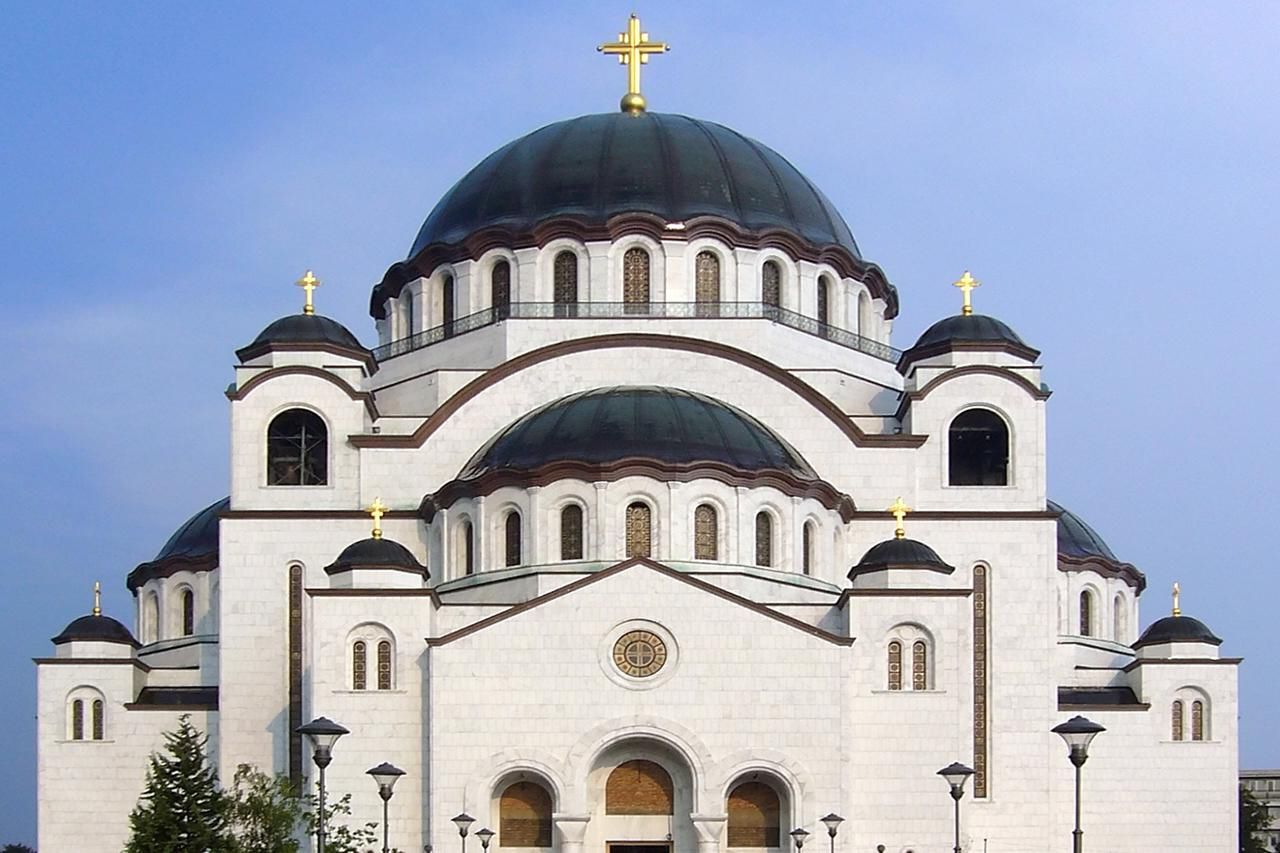
Curious about the Eastern Orthodox Church? You're in the right place! This ancient branch of Christianity, with its rich traditions and deep history, has fascinated people for centuries. Did you know that the Eastern Orthodox Church is the second-largest Christian church in the world? With over 200 million members, it spans continents and cultures. Its unique practices, such as the use of icons in worship and the celebration of Easter on a different date than Western Christians, set it apart. Ever wondered why they use so much incense or what the significance of their elaborate vestments is? Let's dive into 25 intriguing facts that will give you a deeper understanding of this fascinating faith.
Key Takeaways:
- The Eastern Orthodox Church, with roots dating back to early Christian communities, emphasizes the Holy Trinity and uses icons in worship, maintaining ancient traditions and practices.
- With a unique hierarchical structure and profound cultural influence, the Eastern Orthodox Church continues to thrive worldwide, facing challenges while remaining deeply rooted in its ancient traditions.
Origins and History
The Eastern Orthodox Church has a rich history that spans centuries. Let's dive into some fascinating facts about its origins and development.
- The Eastern Orthodox Church traces its roots back to the early Christian communities established by the apostles, particularly in the Eastern Roman Empire.
- It officially split from the Roman Catholic Church in 1054 AD, an event known as the Great Schism.
- The Byzantine Empire played a significant role in the development and spread of Eastern Orthodoxy.
- The Church's liturgical language was originally Greek, reflecting its Hellenistic cultural influences.
- The Eastern Orthodox Church has maintained many of the early Christian traditions and practices, making it one of the oldest Christian denominations.
Beliefs and Practices
Eastern Orthodoxy is known for its unique beliefs and practices that distinguish it from other Christian denominations.
- The Church emphasizes the Holy Trinity, believing in God the Father, Jesus Christ the Son, and the Holy Spirit.
- Icons, or religious images, play a central role in worship and are considered windows to the divine.
- The Divine Liturgy, the primary worship service, is a highly ritualistic and symbolic ceremony.
- Fasting is an important practice, with specific periods throughout the year dedicated to fasting and prayer.
- The Eastern Orthodox Church celebrates Easter, or Pascha, as the most important feast, often with a midnight service and a feast that follows.
Structure and Hierarchy
The organizational structure of the Eastern Orthodox Church is unique and hierarchical.
- The Church is made up of several autocephalous, or self-governing, churches, each led by a bishop.
- The Ecumenical Patriarch of Constantinople is considered the "first among equals" among the bishops.
- Bishops are chosen from the ranks of celibate clergy, often monks.
- Parish priests, who can marry before ordination, serve local congregations and perform sacraments.
- Monasticism is highly valued, with monasteries playing a crucial role in spiritual life and education.
Cultural Influence
Eastern Orthodoxy has had a profound impact on the cultures where it is practiced.
- The Church has influenced art, particularly through its iconic religious paintings and mosaics.
- Eastern Orthodox music, characterized by its use of chant, has a distinct and ancient tradition.
- Many Eastern European and Middle Eastern countries have national churches that are integral to their cultural identity.
- The Church's calendar, which includes numerous feast days and saints' days, shapes the cultural and social life of its adherents.
- Eastern Orthodox Christianity has contributed to the preservation and transmission of classical Greek and Byzantine literature and philosophy.
Modern Day
Today, the Eastern Orthodox Church continues to thrive and adapt to contemporary challenges.
- There are approximately 220 million Eastern Orthodox Christians worldwide.
- The Church has a significant presence in countries like Greece, Russia, Serbia, and Romania.
- In recent years, the Eastern Orthodox Church has been involved in ecumenical dialogues with other Christian denominations.
- The Church faces challenges such as secularism, political conflicts, and maintaining its traditions in a rapidly changing world.
- Despite these challenges, the Eastern Orthodox Church remains a vibrant and influential religious community, deeply rooted in its ancient traditions.
Final Thoughts on the Eastern Orthodox Church
The Eastern Orthodox Church holds a rich history and deep traditions that continue to influence millions worldwide. From its unique liturgical practices to its emphasis on icons and monasticism, this branch of Christianity offers a distinct spiritual experience. Its roots trace back to the earliest days of Christianity, maintaining many ancient practices and beliefs. The Great Schism of 1054 marked a significant turning point, yet the church has remained resilient, preserving its identity through centuries of change. Understanding these 25 facts provides a glimpse into the profound and enduring legacy of the Eastern Orthodox Church. Whether you're exploring for academic purposes or personal interest, these insights offer a valuable perspective on one of the world's oldest religious institutions. Dive deeper, and you'll find even more layers of history, theology, and culture waiting to be discovered.
Frequently Asked Questions
Was this page helpful?
Our commitment to delivering trustworthy and engaging content is at the heart of what we do. Each fact on our site is contributed by real users like you, bringing a wealth of diverse insights and information. To ensure the highest standards of accuracy and reliability, our dedicated editors meticulously review each submission. This process guarantees that the facts we share are not only fascinating but also credible. Trust in our commitment to quality and authenticity as you explore and learn with us.
